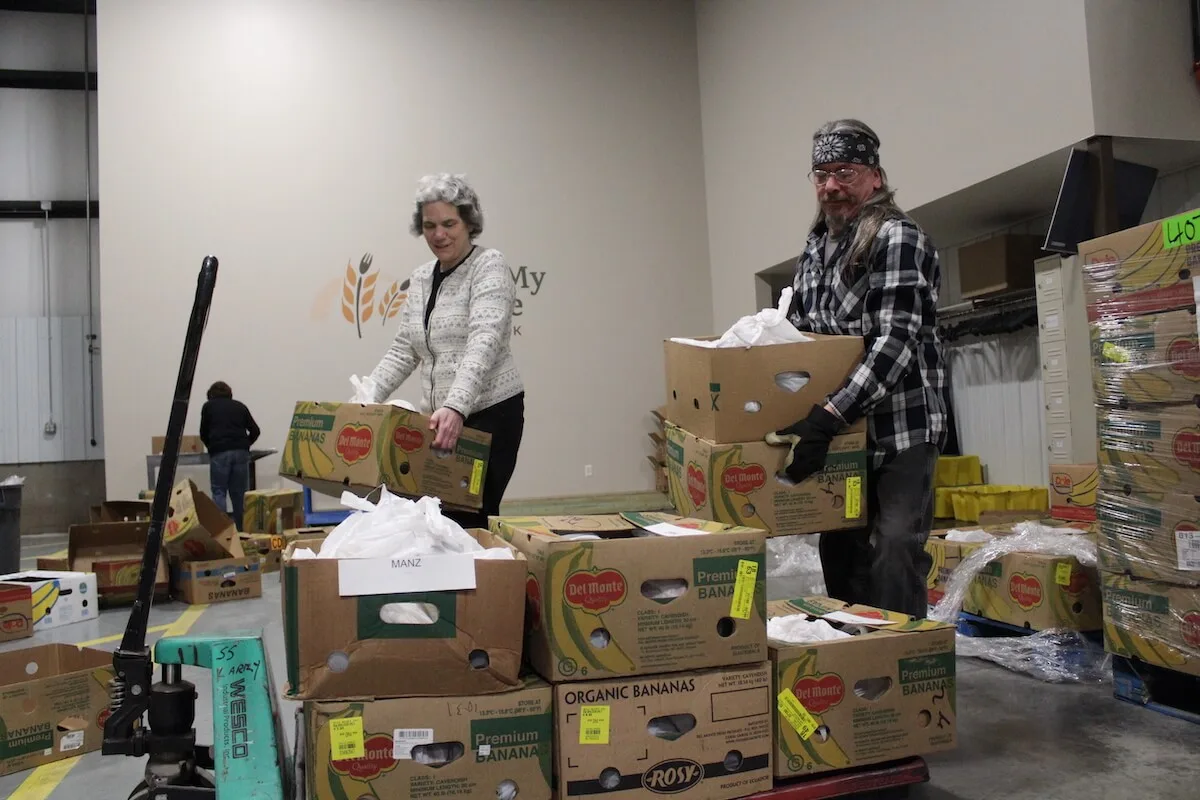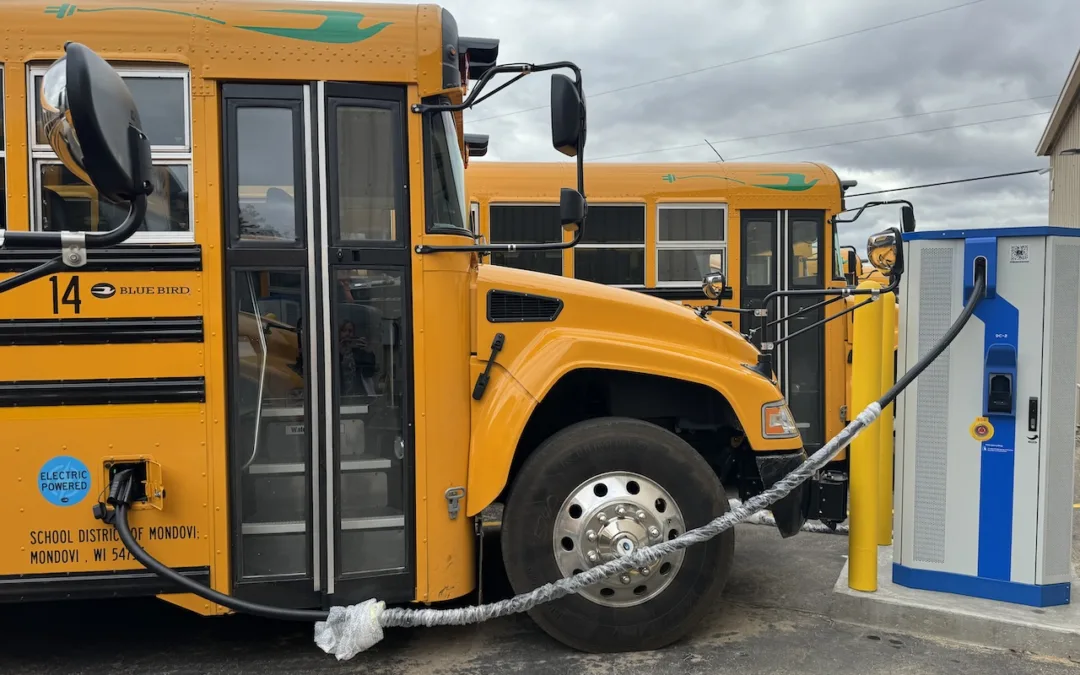
#image_title
#image_title
Growth due to cost of living increasing faster than wages, according to a study.
The number of Wisconsin households earning above the poverty line but too little to afford living expenses grew by nearly 37,000, to roughly 550,000 in a two-year span, according to a study released Monday measuring the number of state residents struggling financially.
Given the coronavirus pandemic, that number included in the Asset Limited, Income Restrained, Employed, or ALICE, study now is significantly higher, directors of Wisconsin social services agencies said.
That trend, the study states, is due to the cost of living increasing faster than wages for those on the lower end of the income scale. The number of households struggling to make ends meet has continued to grow in recent years despite generally favorable economic indicators, and has risen dramatically since March because of the pandemic.
United Way of Wisconsin Executive Director Charlene Mouille acknowledged the significant financial struggles many state residents have experienced because of the pandemic, prompting continued concerns that hamper businesses and slow an economic recovery. But many people already were struggling before that, she said.
About 812,000 households met poverty and ALICE criteria in 2018, a figure that is significantly higher now because of the economic fallout of the pandemic, Mouille said. Statewide, ALICE statistics show, 34 percent of Wisconsin households live either in poverty (11 percent) or earn more than poverty wages but too little to afford all of their expenses (23 percent).
To qualify for ALICE designation, a single person in Wisconsin would earn $21,624 for less yearly, and a family of four could make no more than $68,472.
“Even before COVID-19, our ALICE neighbors were working hard to provide for their families,” she said. “The current crisis is only highlighting that despite this hard work, constant uncertainty and the struggle of financial hardship are the reality faced by more than one in three Wisconsin households.”
The economic fallout from the pandemic for many would rise if $600 weekly unemployment benefits are reduced or discontinued. That benefit is expiring, and it remains unclear whether the Republican-controlled U.S. Senate will continue them. On Monday Senate Republicans announced plans to reduce the payments to $200 as part of a $1 trillion coronavirus relief bill being worked on.
The study, the third ALICE report, is conducted in partnership with United For ALICE and local United Ways across the state. Previous studies were released in 2016 and 2018.
In Wisconsin, Menomonee County has the highest ALICE rate, with 55 percent of its residents in that category. Among other counties with high figures are Milwaukee, Vilas, and Ashland counties at 44 percent; Iron, Adams, and Sawyer counties at 43 percent; Clark County at 42 percent; and Jackson County at 41 percent.
Ozaukee County in southeast Wisconsin had the lowest ALICE figure, at 26 percent, followed by Waukesha, Washington, Columbia, and St. Croix counties at 27 percent.
The report contains some good news related to economic struggles. The number of households statewide living in poverty, combined with those struggling to afford living expenses, decreased 3 percent, down from 37 percent in 2016. The number of households in poverty also dropped, from 271,935 four years ago to 262,960.
However, the number of people struggling financially currently is much higher because of the pandemic. Milwaukee resident Shakera Taylor, a 28-year-old mother of two, said paying bills became even more challenging when she lost her job as a waitress because of COVID-19.
She has since resumed work part-time, and said she and her boyfriend have been able to pay the rent and other bills, thanks in large part to $600 weekly unemployment payments that were a part of CARES Act funding previously approved by Congress.
But those payments are expiring, and with the Senate yet to extend them, Taylor worries about keeping a roof over her family’s head and paying for food and other costs.
“I don’t know how we’re going to get by,” she said, “unless I can start working full time again or those payments are continued.”
Social services agencies around Wisconsin told UpNorthNews they are seeing increased need as the pandemic continues. The Brick Ministries in Ashland County provides food to people in need and also makes emergency payments for people behind in their bills.
The agency’s executive director, Liz Seefeldt, said she worries the number of people seeking assistance will spike as people lose government benefits like unemployment payments.
“The people who already are on the margins, they are the ones who are most impacted by COVID-19,” Seefeldt said.
The effects of the pandemic have been especially notable on people of color, who also are disproportionately represented in ALICE figures, the study shows. About 66 percent of Black households and 48 percent of those who are Hispanic meet the ALICE threshold, compared to 32 percent of white households.
United Way officials said they hope to use the study to learn more about financially vulnerable populations to develop policy to better address their needs.
“We need to understand the factors involved in these numbers so we can ensure solutions are happening,” said Karen Hebert, interim executive director of United Way of the Greater Chippewa Valley. “How do we improve public policy to address this? That’s really what we’re trying to do.”
Politics

What’s the difference between Eric Hovde and Sen. Tammy Baldwin on the issues?
The Democratic incumbent will point to specific accomplishments while the Republican challenger will outline general concerns he would address....

Who Is Tammy Baldwin?
Getting to know the contenders for this November’s US Senate election. [Editor’s Note: Part of a series that profiles the candidates and issues in...
Local News

Stop and smell these native Wisconsin flowers this Earth Day
Spring has sprung — and here in Wisconsin, the signs are everywhere! From warmer weather and longer days to birds returning to your backyard trees....

Your guide to the 2024 Blue Ox Music Festival in Eau Claire
Eau Claire and art go hand in hand. The city is home to a multitude of sculptures, murals, and music events — including several annual showcases,...


